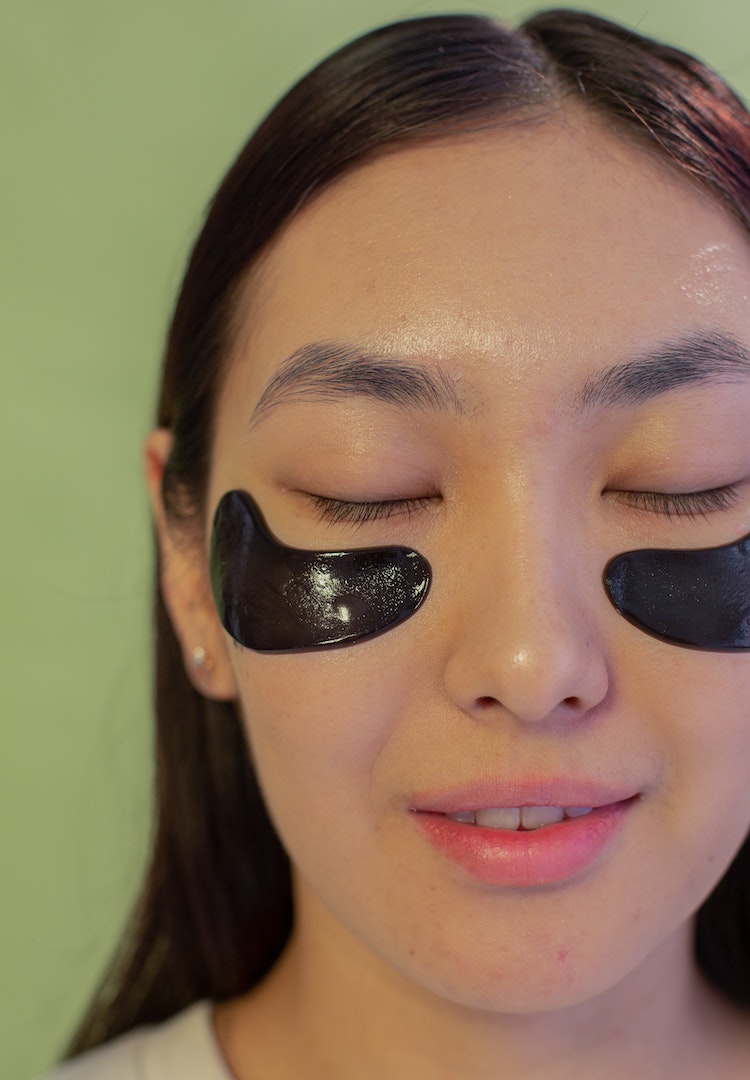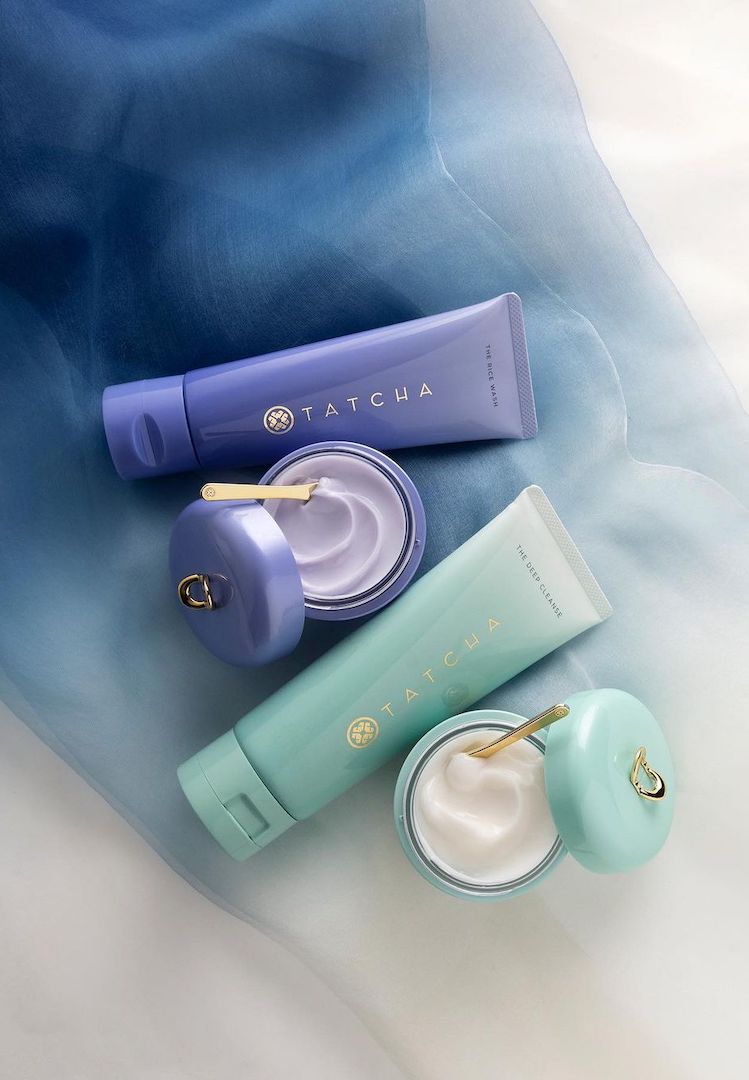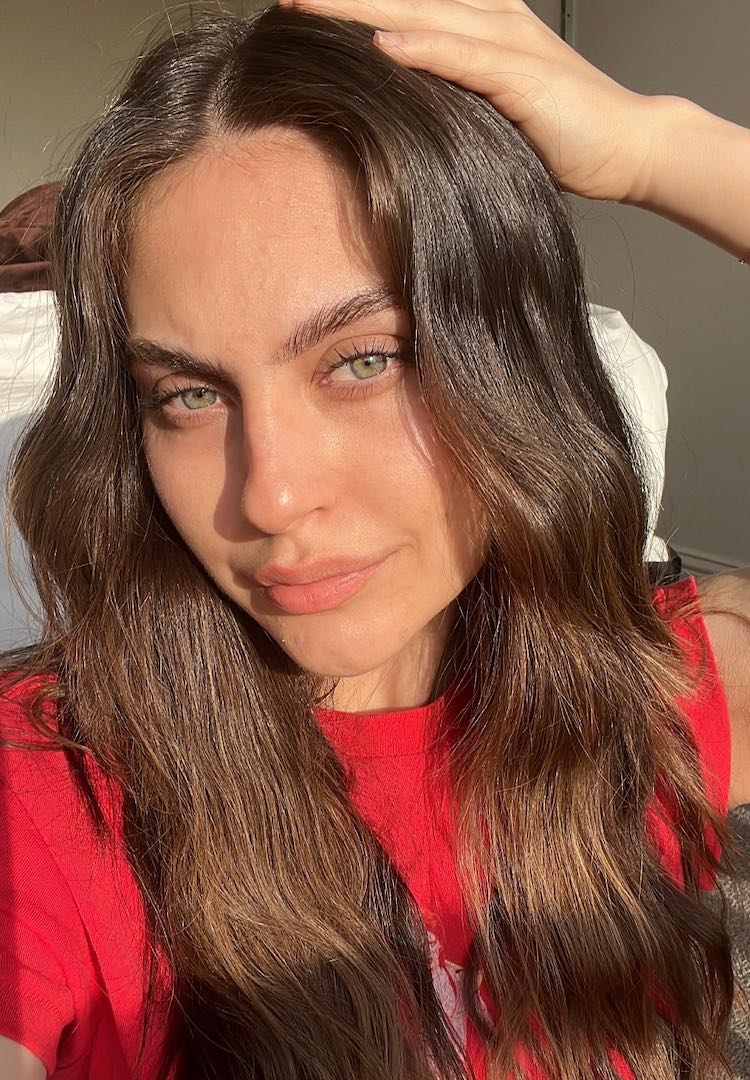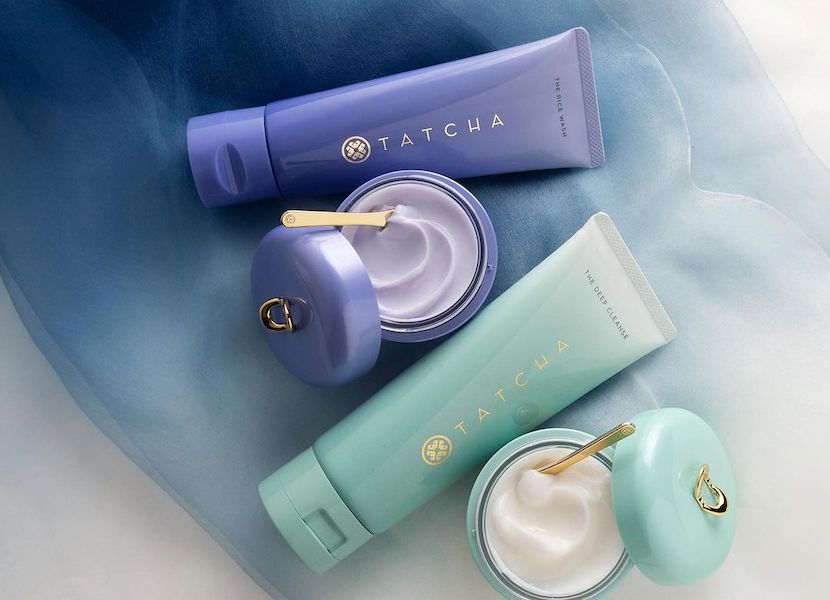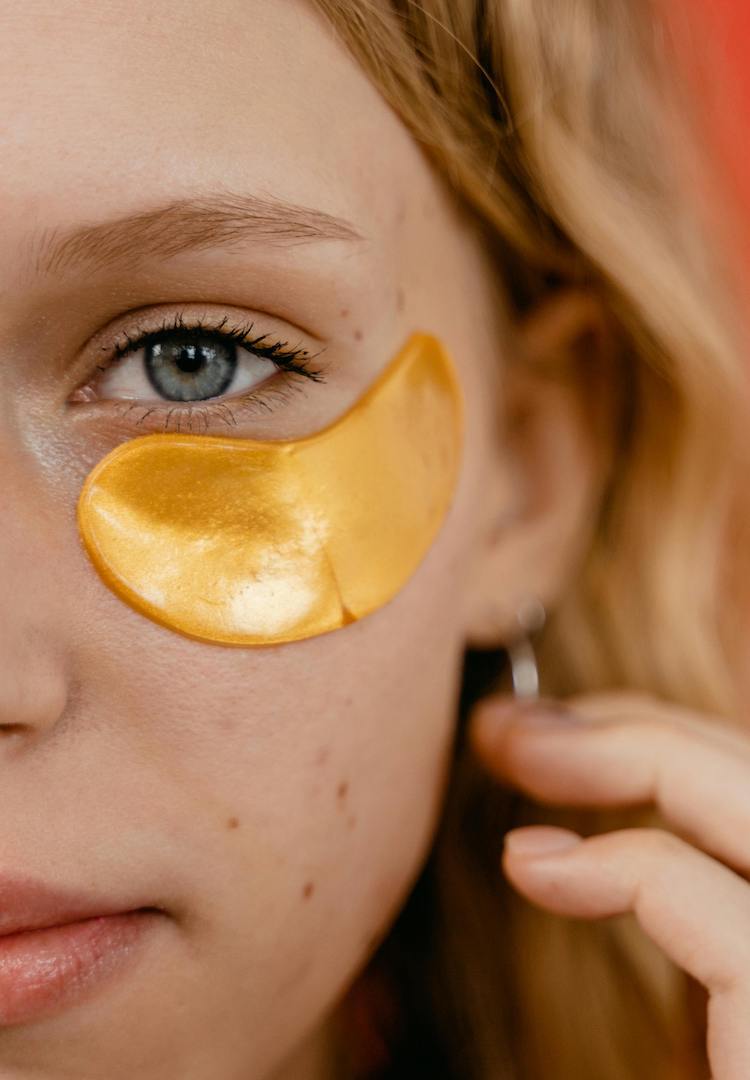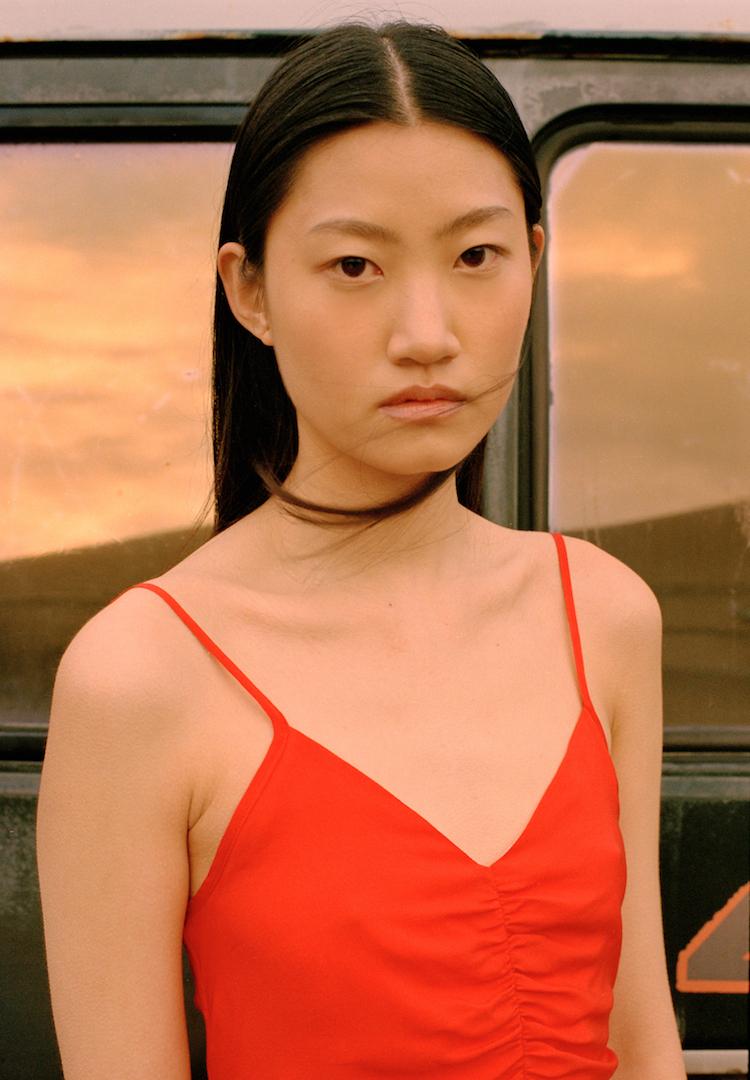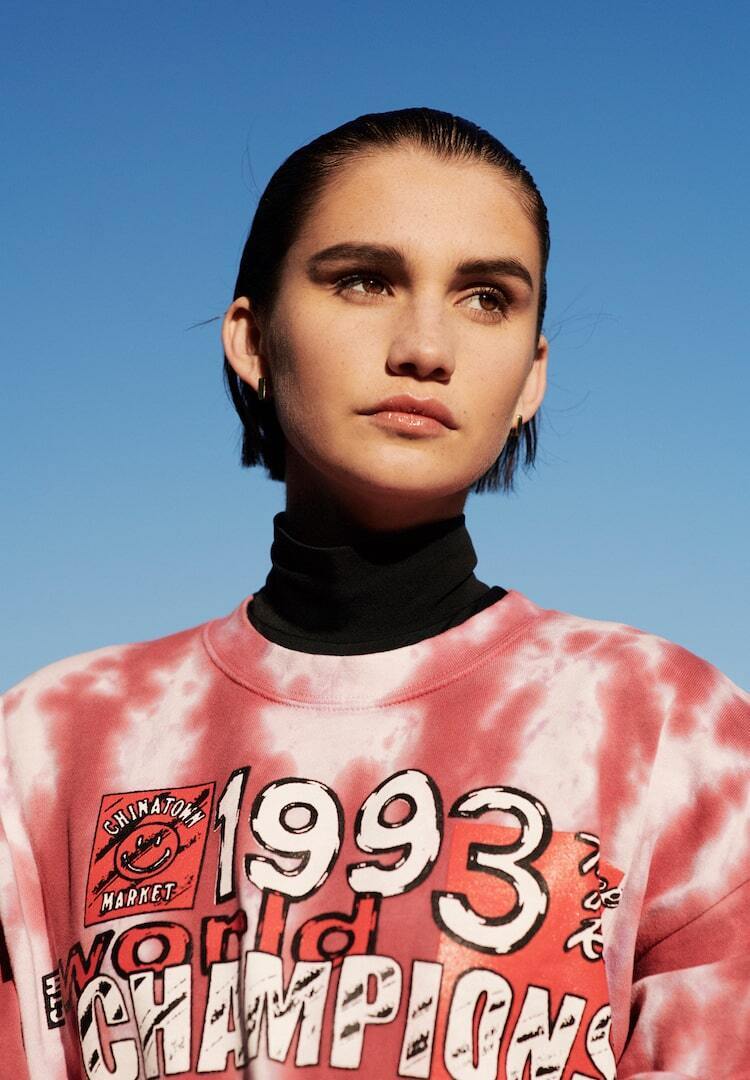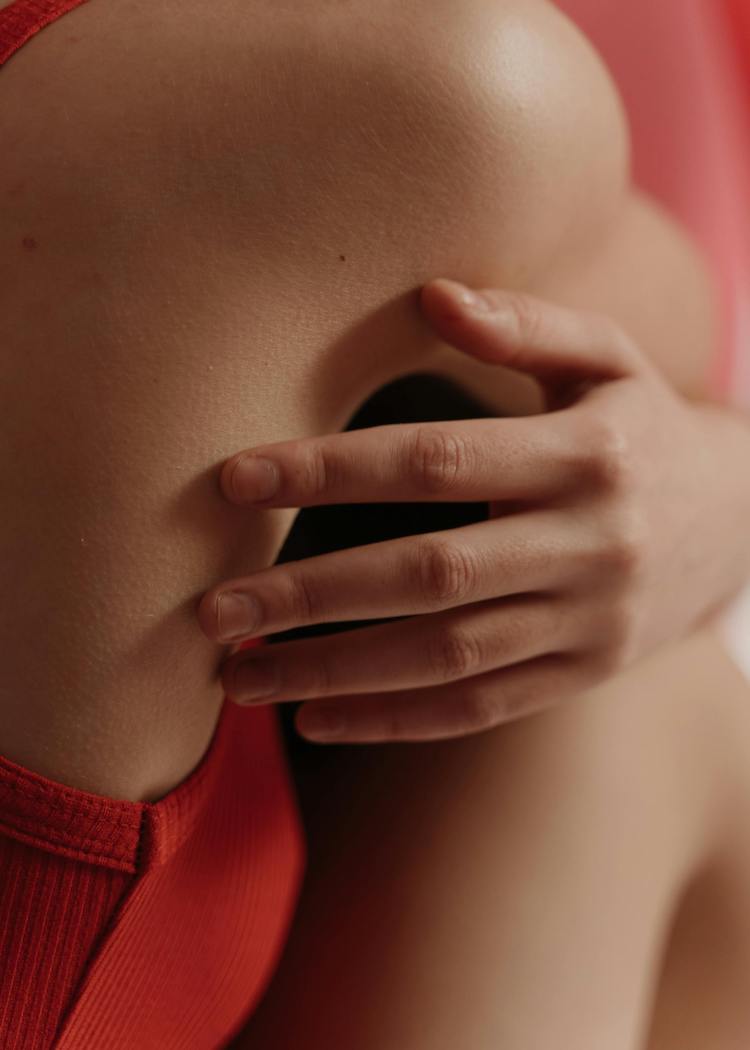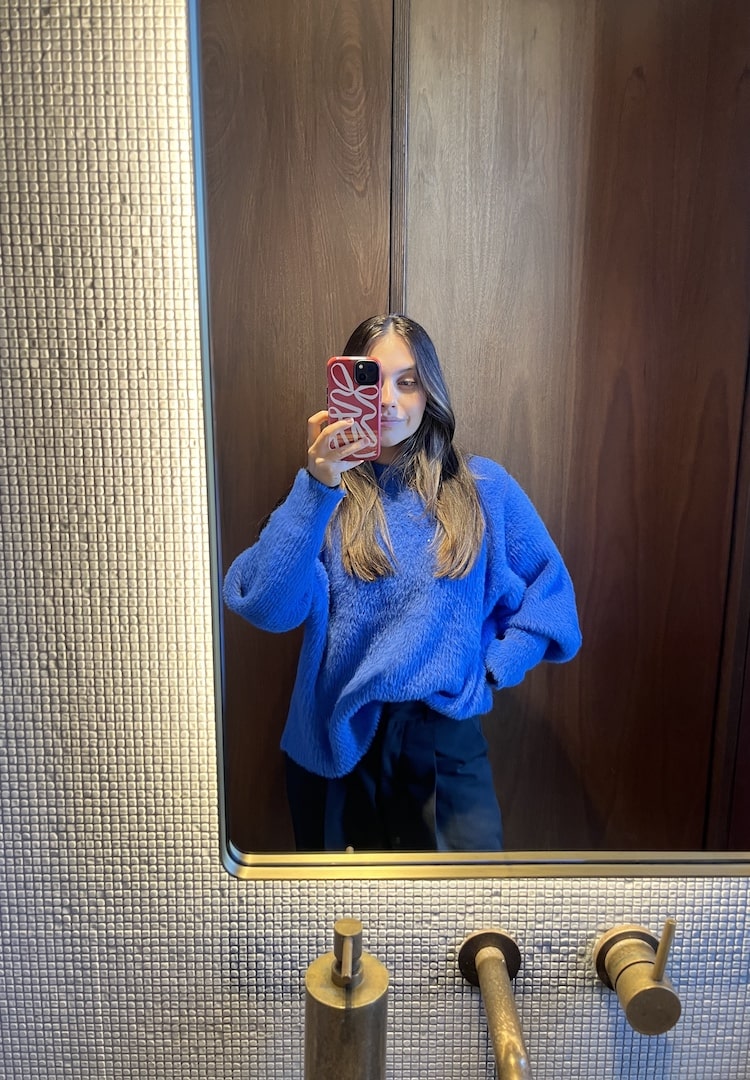Is it worth buying the expensive version of skincare products if you can afford it?
IMAGE VIA @TATCHA/INSTAGRAM
WORDS BY AUDREY DENIER
To dupe or not to dupe.
The skincare realm can be a daunting place to navigate. If I want my regime to be effective, I’m told I must consider every ingredient used, the product’s fragrance level, and how and when to use it. And then there’s the excess of advice and recommendations TikTok influencers and YouTube beauty vloggers provide us with. Anything else I’m forgetting?
The beauty industry has led us to believe that somebody with a luxury-based 10-step skincare routine has their life sorted, but it’s not always practical splurging on products that cost an arm and a leg to own. That’s where dupes come in.
We’ve road-tested the latest beauty drops, so you don’t have to. Head to our Beauty section for more.
Where a cult-favourite product exists, so too does its affordable, drugstore equivalent – appropriately named the ‘dupe’. And while it may not look as lavish or smell as enticing, the dupe is undoubtedly worthy of consideration if you’re trying to balance product efficacy with a tight budget.
Inspired by Adore Beauty’s articles ranking budget vs bougie products, I asked Sydney-based dermatologist, Dr Anita Patel, how eight best selling expensive products stack up against their internet recommended dupes.
Retinol: Sunday Riley Luna Sleeping Night Oil vs Neutrogena Rapid Wrinkle Repair Retinol Oil
View this post on Instagram
A derivative of vitamin A, retinol is considered the best over-the-counter skincare agent on the market. It can be used for fighting acne, shrinking pores, reducing wrinkles and reversing sun damage. Retinols are born of the same vitamin as retinoids, but they’re weaker, more accessible and a great place to start for people looking to take their routine to the next level.
Sunday Riley is a luxury skincare brand with a legion of devoted fans. Its Luna Sleeping Night Oil costs $150 and is deemed the label’s best selling product, claiming to target all signs of ageing through plumping, correcting and reducing. When prompted to compare, Dr Patel considered this expensive product worth the splurge.
“The retinol percentage in Sunday Riley is higher at 10 per cent in contrast with Neutrogena’s product which has three per cent. So if you compare that, then the Sunday Riley product is probably more active. But unfortunately, percentages don’t always mean more effective or more active. It depends on what else is in the product. For example, if you add a vitamin C with retinol, it makes it more effective even if the product’s retinol concentration isn’t as high.”
Is it possible to double up on a product with a lower percentage to match its expensive friend? Dr Patel tells me you may be able to use the item more frequently, but attempting to be your own chemist won’t work, and you’re better off spending just that little bit extra for a product with the concentration level you require.
Bargain vs bougie: Bougie
Glycolic acid: Drunk Elephant T.L.C. Framboos Glycolic Night Serum vs Paula’s Choice Advanced Smoothing Treatment 10% AHA
These acid names can get confusing, but it becomes a lot easier once you understand their purpose. Glycolic acid is a type of alpha-hydroxy acid (AHA) that’s derived from sugarcane. It works by exfoliating your dead skin to reveal bright, new layers. The acid likes to get deep into your derma, hydrating you while stimulating collagen production.
Even better, it increases the penetration of other products into your skin, making your routine even more effective. So what does Dr Patel have to say about Drunk Elephant’s ingredient-elimination philosophy?
“Drunk Elephant does not list the acid’s percentages, so it’s difficult to determine the functionality of the product. However, the night serum doesn’t just have glycolic acid; it also has citric acid and salicylic acid, which are all different types of light, exfoliating and brightening products. These ingredients do a similar thing to AHA, so maybe the combined ingredients are equivalent to Paula’s Choice. But it’s difficult to know because they do not disclose this information to their buyers, and therefore, Paula’s Choice comes out as the winner,” she states.
Bargain vs bougie: Bargain
LED: Dr Dennis Gross Spectralite Faceware Pro vs H Lab LED PDT Light Therapy
LED light therapy is a pain-free, non-invasive skin treatment typically performed by a dermatologist or beautician in their facility. They will use varying wavelengths of light (red and blue) to treat acne, reduce inflammation, or promote anti-aging. And while most people believe LED therapy should be left to the professionals, a raft of new products has led to more of us taking skincare treatments into our own hands.
Dr Dennis Gross’ Spectralite Faceware promises to promote collagen within the skin and fight acne in under three minutes. And despite its shocking price point (it retails at Mecca for $619) this face mask’s popularity has been on the rise.
“There is no doubt that LED produces subtle improvements in collagen production for the skin, but these studies have been done on medical-grade lights with higher powers. I don’t believe the Dr Dennis Gross face masks have been rigorously tested in the same way as medical-grade LED therapy,” Dr Patel shares.
“I use LED lights very, very infrequently in my practice, usually for wound healing or skin cancers, so it’s very different. We use powers of 15 joules, and the H Lab Light Therapy uses two joules. I don’t really believe that home LED lights can give you enough power to justify their cost. Certainly not $600. Even in our LED system, you get very subtle and mild results if you use it for rejuvenation.”
If this is the case, is it worth substituting for a cheaper alternative? Dr Patel doesn’t believe so, especially if the options are only a hundred dollars cheaper and have been researched less. “You would see better collagen improvement if you did a $400 to $700 laser treatment in a doctor’s office versus using one of those at-home LED lights.”
Bargain vs bougie: Neither, opt for a treatment in a clinic
Moisturiser: Tatcha The Dewy Skin Cream vs Cerave Daily Moisturising Lotion
View this post on Instagram
One of the most basic yet controversial products on the market is moisturiser. We all use it (or at least we should) to prevent our skin from drying out, especially during those nasty winter months. But moisturiser also assists in protecting our skin by creating a barrier that blocks harmful environmental elements from causing additional damage.
In 2019, skincare brand Tatcha rose to glory and pivoted itself as an influencer mainstay. The label’s moisturiser is undoubtedly its most popular item. It’s a smooth cream blended with a trio of anti-aging Japanese superfoods (green tea, algae and rice) which promises to reveal youthful radiance.
How do expensive moisturisers chalk up against the thousands of others on the market that promises us the same results? Dr Rosemary Nixon, a Melbourne-based dermatologist and skincare purist, believes that when it comes to science, “90 per cent of all skin damage is from the sun”, meaning only 10 per cent of our skin can be beautified or improved with products.
But Tatcha’s moisturiser only caters to AM use and lacks any SPF, which is a big no-no for Dr Nixon. If you were to use this expensive moisturiser, you’d have to purchase another two just to cover your night routine and sun coverage! Ultimately, Dr Nixon believes expensive moisturisers aren’t worth your time and that cheaper moisturisers will suffice. Cerave it is.
Bargain vs bougie: Bargain
Vitamin C: Drunk Elephant C-Firma Day Serum vs Paula’s Choice C15 Booster
I’m sure you’re getting Vitamin C in your diet, but have you ever considered using it topically? As far as your skin is concerned, this vitamin is an antioxidant that helps your body repair damaged cells. Vitamin C is a fighter; it offsets skin aggressors like UV damage and pollution, aiming to keep your body healthy. Additionally, it’s said to help in accelerating the production of collagen and elastin and works against hyperpigmentation.
But for Dr Patel, the benefits of this ingredient do not outweigh its flaw: a very short shelf life. “Vitamin C that is made in a lab, in the States or Europe, will come to Australia then go on a truck to a chemist and will proceed to sit on a shelf for a few months. By this point, I believe that the active ingredient is not there anymore and that you would be better off taking a pill or using a vitamin B like niacinamide which does work.” So it looks like neither bougie nor bargain is worth your time when it comes to this skincare product.
Bargain vs bougie: Neither, although you can get vitamin C made-to-order, thereby limiting the expiry of the product
Niacinamide: Go-to Transformazing Mask vs The Ordinary Niacinamide 10% + Zinc 1%
View this post on Instagram
We’ve all likely heard of this ‘it’ ingredient. A form of vitamin B3, the component has a whole list of benefits that dermatologists and users attest to. These include but aren’t limited to: building your lipid barrier, minimising redness, regulating oil, minimising fine lines and treating acne. For optimal results, niacinamide is used with other ingredients.
“This comparison was pretty clear cut, and The Ordinary comes out on top. They use good, active percentages for a lesser price,” says Dr Patel. If this is the case, why do we opt for different versions of niacinamide every time they’re introduced to the market?
Dr Nixon believes that high-end brands tend to woo us because they have spent more money on fancy marketing and packaging. She urges us to be more thoughtful about skincare trends by making sure we’re always reading and comparing a product’s ingredient list.
Bargain vs bougie: Bargain
Hyaluronic acid: SkinCeuticals Hyaluronic Acid Intensifier vs La Roche Posay Hyalu B5 Face Serum with Hyaluronic Acid
Don’t let the name fool you; this is totally okay to put on your skin. In fact, our bodies produce it naturally! Think of it like double moisturising. Hyaluronic acid is a sugar molecule that binds itself to collagen, giving the skin a plumper, dewier and more hydrated look.
“Hyaluronic acid acts as a good moisturiser, but it won’t do more than that. The La Roche Posay brand comes out on top, and the reason I say that is I’ve seen the studies, and I know that their acid is in an active form, [it] penetrates the skin and improves collagen,” Dr Patel explains.
Bargain vs bougie: Bargain
Eye cream: La Prairie Skin Caviar Eye Lift Serum vs Olay Regenerist Nightly Recovery Cream Moisturiser
Is it necessary to moisturise my under eyes with a different product to my skin? There’s no straight answer to that question. Depending on the product, an eye cream can fight against aging just as well as a moisturiser.
The Swiss brand La Prarie is best-known for its frivolous use of caviar and indulgent packaging. It’s $740 for 20mL, and the label promises an eyelift in a bottle. This claim doesn’t sit right with Dr Patel.
“I think that people shouldn’t get sucked in by La Prairie’s claims. You don’t need to spend much money on topical agents as there’s only so much they can do. There may be a five per cent difference between these products, but that isn’t worth buying into.”
Bargain vs bougie: Bargain
So it turns out an expensive product isn’t going to fix all my skin woes. According to the experts, the bargain option is often just as effective, as well as being kinder to your bank account.
But as Dr Nixon says, “Everyone is different, and sometimes a product, regardless of its price, will just feel right!” I’ll be sure to tell myself this the next time I spend an embarrassing amount of money on a fancy face serum.
This article was originally published on November 29, 2022.
To find more of the best in skincare, head here.

